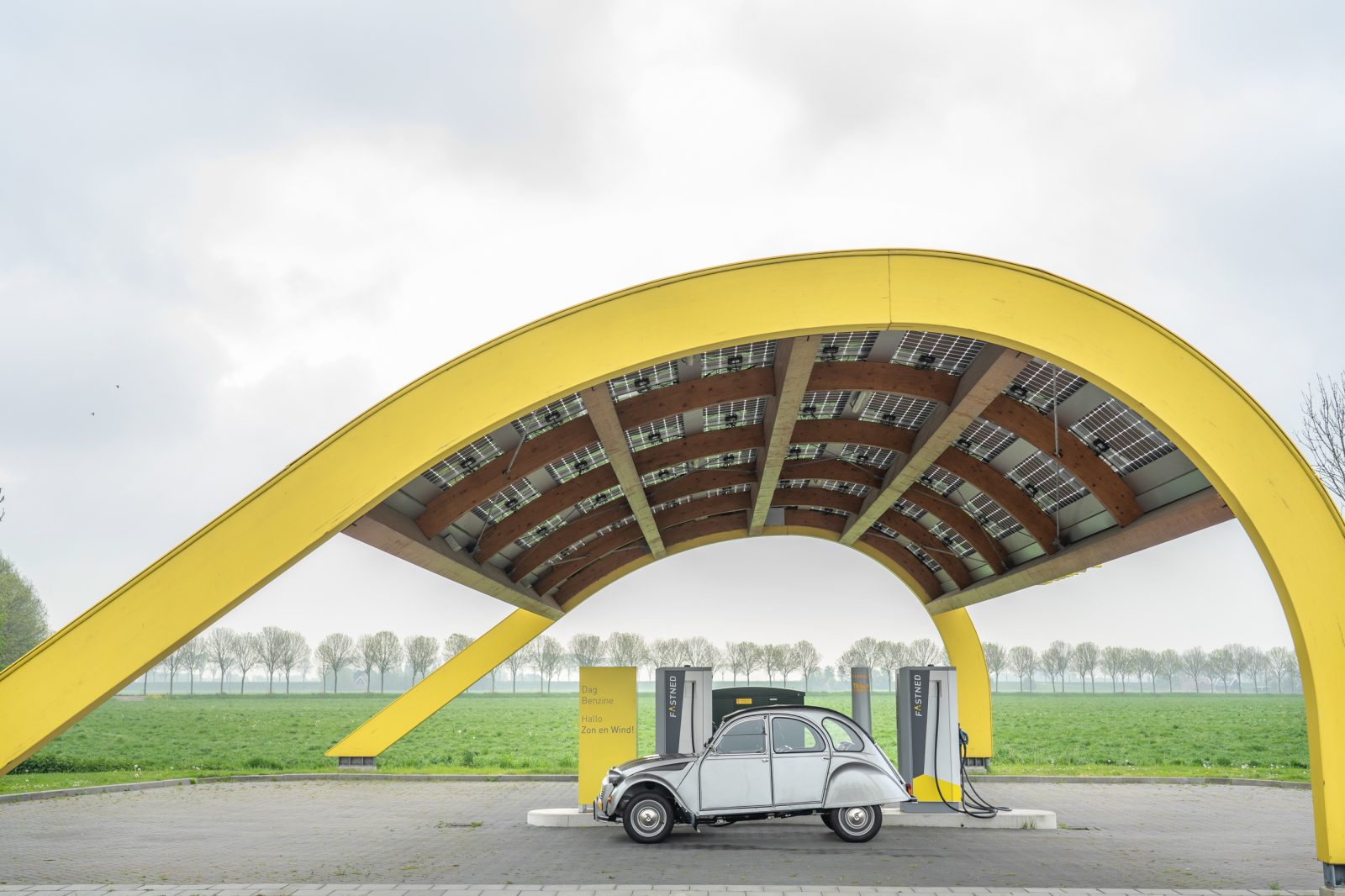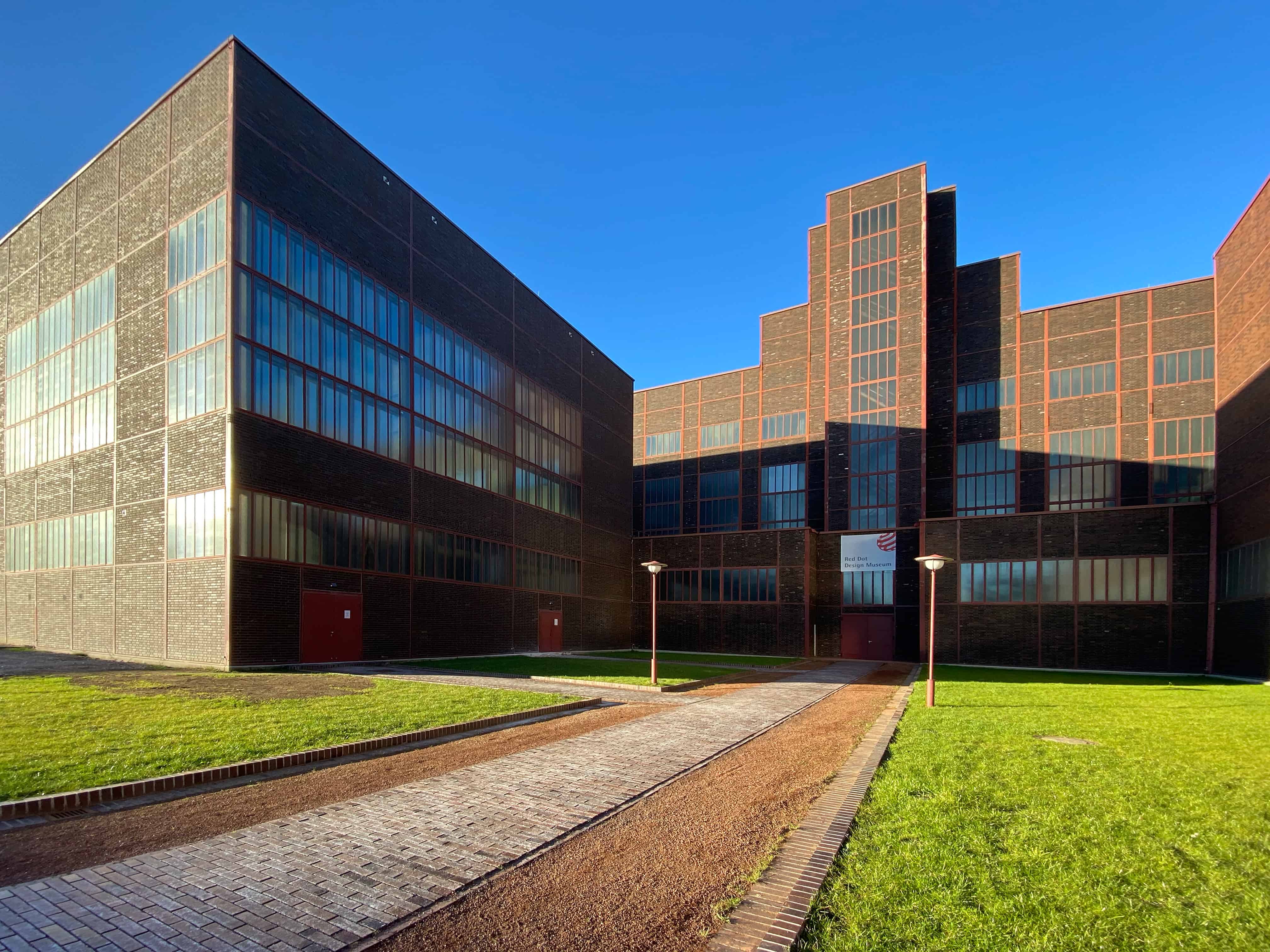
On the road. There is a difference between regular ‘clock time’ and creative time, as in ‘flow’. In these days of corona, we are aware of the time on a clock so that we can start those eight digital meetings exactly on time, and take a a bathroom break in our own homes in between. You may also know what flow is. When you are in the middle of doing something very creative, when you feel almost euphoric without any sense of time. And everyone is familiar with the Corona Effect: Being unable to move forward and feeling either comfortable or insecure about that. It’s all about being mobile, whether it’s on one square meter, or in the world at large.
Front gate of a prison
The Dutch journalist Bas van Putten wrote a wonderful article in the NRC newspaper about being mobile and about time. About travelling slowly, in a car, over long distances back in the day. His assertion is that today’s car is like the front gate of a prison, and that in times of corona we yearn for that loss of time. After all, when we used to travel from work to home, we were momentarily disconnected from work, and from household obligations as well.
The reason I like to travel is precisely due to that ‘in between time’, and ‘to linger in No Man’s Land, to come up with new ideas in that freewheeling mode, or even to think of nothing at all’. The goal is not about where you are heading, but the journey itself and to be taken by surprise along the way. By the landscape, or a chat in an airplane, or while changing a flat tire. And if I still want to spend my time somehow, to try to estimate the actual time by the position of the sun.
Of course, it is up to you to decide if your vehicle is a prison during a journey or a source of freedom. The latest cars are computers on wheels that strive for efficiency. Full of technology which is capable of making safe choices for you so that you can drop out of time and space and take a nap. Invariably with the sat nav on to get where you are going to. Anyone who reads the data from one of these smart cars can see where you are, and where you miss a turn, or were you drive around needlessly in circles.
As to whether being inefficient is such a bad thing, that is, of course, entirely up to you. But what you obviously should care about are your CO² emissions. Otherwise you cannot take part in this world tour. The goal of this journey is to do away with fossil fuels and seek out new opportunities.
Travel and mobility
How do you go about that? Hardly ever does design, development and production in the automotive and aerospace industries take place within a single country. Instead, cross-border collaboration is the norm. More innovative and cleaner vehicles are always created in partnerships. Innovative solutions require international brainpower. Dutch know-how and expertise is highly sought after in this respect.
While there is not much traveling going on right now, the Dutch top sector High Tech Systems and Materials (HTSM) is making inroads internationally. In 2020, several tech sectors jointly formulated an HTSM Germany plan, and in early 2021, an HTSM France plan (check here for the spring event on May 31).
Do plans like these make any sense? Yes, because the societal challenges the world is facing in mobility, energy, health and safety mean that new knowledge for new solutions is sorely needed. Such as those cleaner vehicles on the road and in the air.
Given that the dynamics of the international market are shifting, a robust international high-tech agenda is called for. With innovation as its foundation. Focused on trade opportunities in growth markets – outside of the Netherlands. Key technologies offer new possibilities for applications and new markets, such as photonics, nano and quantum technology. These changing dynamics in the international marketplace bring with them other competitors and new market players. At the same time, geopolitical relationships are changing – geographically, technologically, and ethically. Consider the balance between Europe, USA Asia, and the difference in views on data sovereignty where Artificial Intelligence is concerned.
International partnerships are important
If the Dutch wish to keep in step with these innovations around the world, international and long-term partnerships are important for the Netherlands. Closer to home as well, by being part of the Germany-France axis. That is why many sectors within the extensive Dutch high tech sector are formulating a number of focal points in these countries. The starting point is the aim of Germany and France to work towards solving the challenges posed by energy and digitalization. The Netherlands is in a position to contribute to this with its high tech expertise and products. The focus is on reciprocal collaboration on innovation between the Netherlands and these countries – over several years. Out of which trade will inevitably flow. For example, with the German federal states, and with the French clusters, the Pôles de compétitivité.
France
The aerospace, automotive, composites and photonics sectors are all preparing international roadmaps that contribute to solutions in the fields of energy (durabilité) and digitalization. Pushing ahead with Airbus in the first quarter of 2021, and the Mobility partnership between the Netherlands and France as signed under the Memorandum of Understanding (declaration of intent). Aside form that, a long-term vision is needed for the recovery of the aviation sector post-COVID-19. It is important to map out which Dutch-French parties are partnering up on innovation (in the long term, medium term, short term); which companies are generating business in France over the short term, and which government organizations are collaborating together with France and the Netherlands. This is known as public-private partnership.
Germany
Germany is one of the largest export countries for the Dutch high tech sector. If the Netherlands – as one of the most innovative and competitive countries in Europe – wants to help determine the innovation and technology agenda in Europe, it is imperative that Germany sees the Netherlands as a (technological) collaborative partner. And that we focus on innovation and trade.
Dutch strengths in lightweight materials, nanotechnology and photonics are important when it comes to the German desire for solutions surrounding the energy transition and digitalization. Smart industry concepts are being tested in Dutch-German field labs. And don’t forget about Dutch composites that are needed for the German automotive industry, about Holland Robotics, and about the experience that the Netherlands has with smart charging stations and feeding energy back into the grid (vehicle to grid solutions). All of this will soon be indirectly connected to your own journey. Whether you are driving a smart car yourself, or whenever a smart car overtakes you on the highway.
Read more about the German plan here.
Dutch investment in innovation is needed
The Netherlands envisages cross-border programs with French and German partners to solve emission-free mobility challenges. Both of these plans are instruments in the multi-year internationalization strategy of the Top Sector High Tech Systems and Materials. The nitty gritty of these plans is a step towards the goal of the Top Sector HTSM to turn innovation into valorization, and in doing so, generate business and jobs for the Netherlands.
That is an excellent aspiration. But in order to foster this type of international collaboration, what are known as ‘bilateral‘ innovation funds are needed, for one thing. Yet, as it happens, the Netherlands spends relatively very little money on innovation. Far less than countries such as Germany, but also less than Denmark and Israel…
Which is rather odd. We are living in a time of transformation as far as our fossil fuel consumption is concerned. Along with the energy and climate issues and the corona crisis. An economic crisis is looming overhead. That said, investments for innovative solutions should be made now. Because emission-free mobility is an international goal during the journey that we are collectively taking to keep the earth livable for our children. If it is up to the government, all new cars will be emission-free by 2030, i.e. they will run on electricity or hydrogen. However, proper infrastructure must be in place first to charge electricity and fill up with hydrogen. On the subject of traveling in time: Now is the time for the Netherlands to make real investments in innovation.
This strikes me as a useful suggestion during the current formation of the Dutch government. And before we all hop back into our cars or airplanes en masse. To live comfortably and carefree … or in No Man’s Land.
About this column:
In a weekly column, alternately written by Eveline van Zeeland, Eugene Franken, Helen Kardan, Katleen Gabriels, Bert Overlack, Carina Weijma, Bernd Maier-Leppla and Colinda de Beer, Innovation Origins tries to find out what the future will look like. These columnists, occasionally supplemented by guest bloggers, are all working on solutions in their own way on the problems of our time. So that tomorrow will be good Here are all the previous articles.







